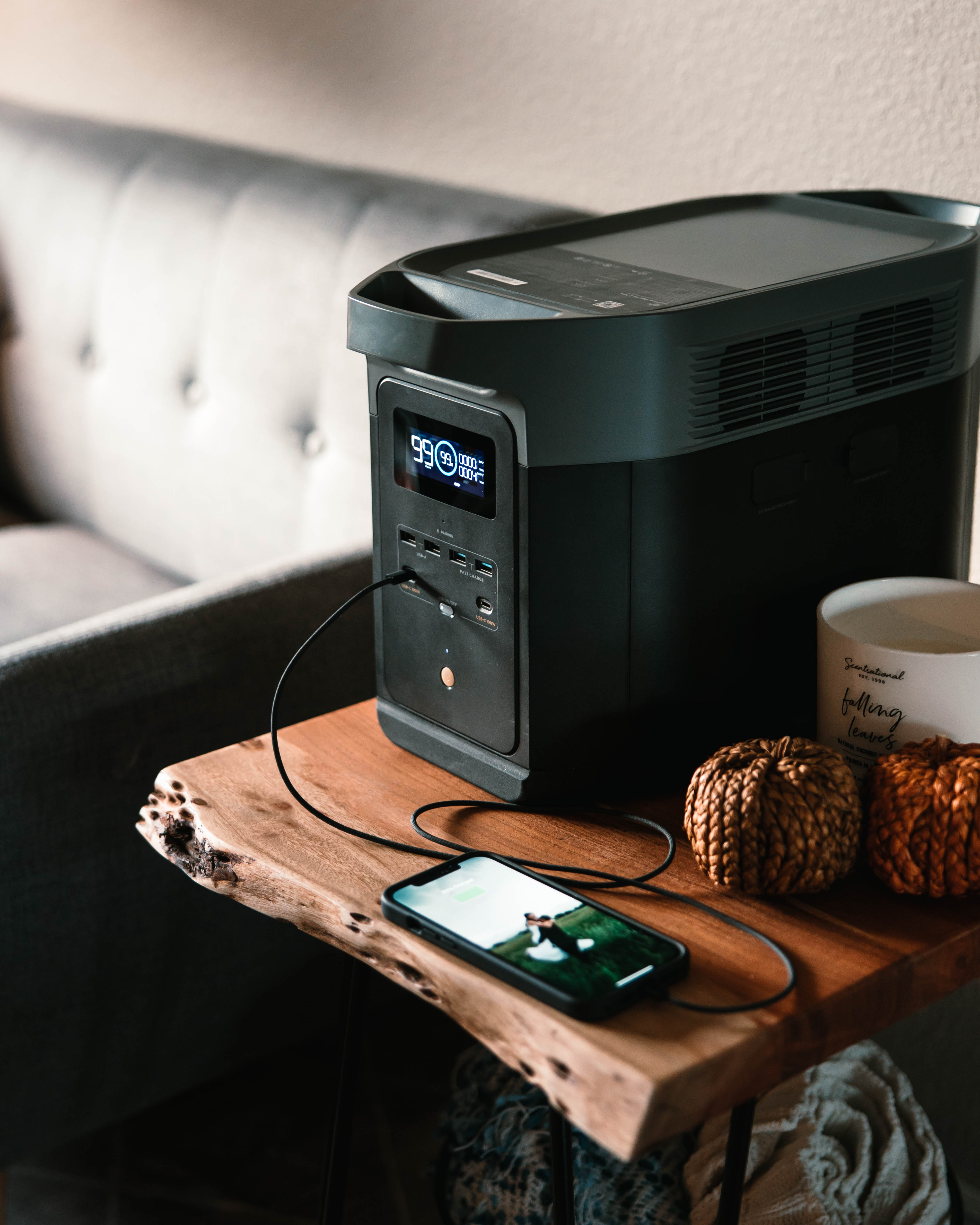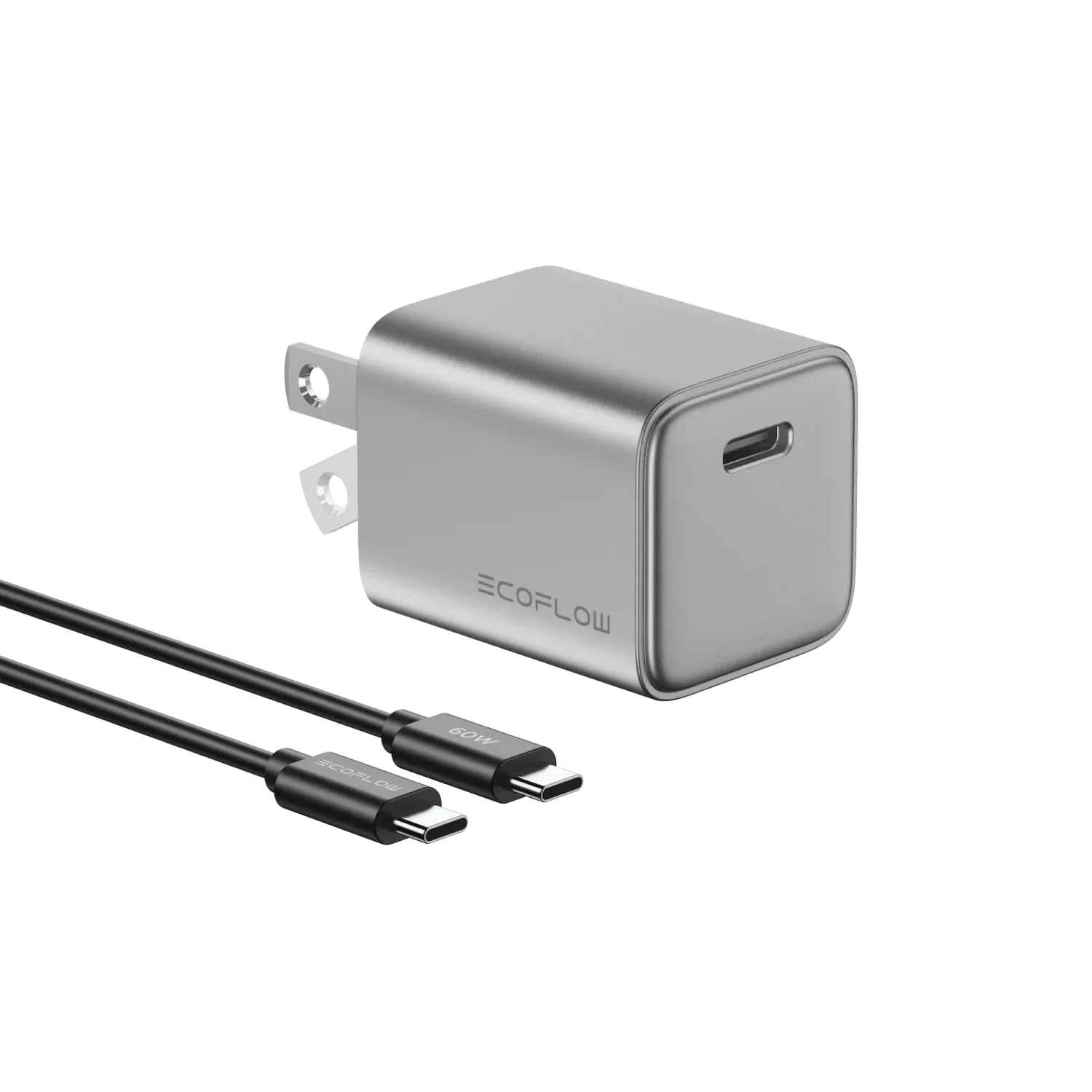- What Is an Emergency Phone Charger and Who Really Needs One?
- How Does a Phone Actually Lose Power During an Outage?
- The Overlooked Gap in Home Energy Storage
- Why the Charger Matters More Than the Cable in Emergencies
- A Fast-Charging Option That Fits Your Emergency Kit
- Can Solar Help Keep Your Phone Charged During a Power Outage?
- Is a Power Bank Enough or Do You Need a Real Charger?
- What to Look for When Choosing an Emergency Phone Charger
- Conclusion: The Smallest Device Can Make the Biggest Difference
- FAQs: Advanced User Concerns About Emergency Phone Charger
Emergency Phone Charger Guide: How to Stay Powered During Any Outage
- What Is an Emergency Phone Charger and Who Really Needs One?
- How Does a Phone Actually Lose Power During an Outage?
- The Overlooked Gap in Home Energy Storage
- Why the Charger Matters More Than the Cable in Emergencies
- A Fast-Charging Option That Fits Your Emergency Kit
- Can Solar Help Keep Your Phone Charged During a Power Outage?
- Is a Power Bank Enough or Do You Need a Real Charger?
- What to Look for When Choosing an Emergency Phone Charger
- Conclusion: The Smallest Device Can Make the Biggest Difference
- FAQs: Advanced User Concerns About Emergency Phone Charger
The lights go out. Your fridge still hums thanks to your home battery. But your phone? It's sitting at 12%, and your power bank hasn’t been charged in weeks. You dig through your drawers and realize you don’t have a fast charger that works with your system.
Your phone is your connection to weather alerts, loved ones, power company updates, and help if needed. That’s why an emergency phone charger isn’t optional. It’s essential. This guide helps you choose the right one, use it the right way, and avoid the false sense of security many home battery users fall into.
What Is an Emergency Phone Charger and Who Really Needs One?
An emergency phone charger is a reliable tool for restoring phone power when the grid fails. It can be a standalone fast charger, a solar-powered unit, or a charger powered by your backup battery.
You need one if:
- You live in an area prone to power outages
- You use solar or home battery storage
- You work remotely and rely on a mobile hotspot
- You depend on phone-based medical apps or emergency contact tools
It’s not just about staying connected. It’s about staying informed, calm, and safe when everything else shuts off.
How Does a Phone Actually Lose Power During an Outage?
Phones aren’t just passive devices. Even when the screen is off, they continue to burn power:
Background updates
Cellular signal searching (which gets worse during outages)
Emergency alerts and location checks
During an outage, your Wi-Fi may be down, your router unplugged, and your home in energy-saving mode. If your system isn’t prioritizing phone charging, your device drains faster than you think.


The Overlooked Gap in Home Energy Storage
Many homeowners assume that a solar battery or a large portable power station covers everything. But often, they forget the last link: a proper, fast USB-C charger.
Just because your home storage can power your lights doesn’t mean it’s set up to charge your phone efficiently. And in emergencies, inefficient charging wastes valuable energy.
If your emergency setup doesn’t include a certified fast-charging head, you’re one step away from being disconnected.
Why the Charger Matters More Than the Cable in Emergencies
Your cable might be sturdy, but if the charger plugged into your power station only outputs 5W, it could take hours to charge your phone.
In emergency scenarios, that time matters. A 30W USB-C PD charger can get your phone to 50% in under 30 minutes. Compare that to 5W chargers that may take over two hours.
Here’s why the charger is the missing link:
| Charger Output | Time to 50% Phone Charge |
| 5W | 1.5 to 2.5 hours |
| 12W | 1 hour+ |
| 30W (PD) | ~25 minutes |
Speed isn’t just about convenience. It lets you reconnect, download updates, check outage maps, and coordinate with others—all while power is still uncertain.
A Fast-Charging Option That Fits Your Emergency Kit
For those who already own a solar generator or home battery, a compact, high-output USB-C PD charger is the finishing touch. The EcoFlow RAPID 30W GaN Charger With 65W Cable is one such option—palm-sized, foldable, and capable of 30W output. It works seamlessly with solar inverters and backup systems, restoring battery life quickly while running cool in enclosed or variable environments.
In one real-world setup, it was used with a power station during a blackout. Within 25 minutes, the phone was up from 10% to 60%—enough to get back online and reach family.
Can Solar Help Keep Your Phone Charged During a Power Outage?
If you have solar panels installed on your roof, yes—but only if you can control how that power gets used.
Most home systems prioritize big loads: fridge, lighting, and heating. Phones draw very little, which means without active effort, they may be left out.
Tips:
- Set manual priority: charge phones first
- Use a dedicated outlet connected to your inverter
- Use efficient tools: short cable + fast charger combo
Pairing solar + battery + a reliable emergency phone charger ensures you never lose connection, even in multi-day outages.
Is a Power Bank Enough or Do You Need a Real Charger?
Power banks are useful, but they often have limits:
- Slow output (5–10W)
- Can sit unused for months and lose charge
- Often lacks pass-through charging
A power bank won’t help if you have no way to recharge it. That’s why a compact charger paired with your home battery or solar system gives you more flexibility.
Tips Box: When to Use What
- Power bank: 1-day outage, phone only
- Charger + battery: Multi-day outage, multiple devices
- Charger + solar panels: Best for off-grid or extended blackouts


What to Look for When Choosing an Emergency Phone Charger
Quick checklist:
- ✅ 30W+ USB-C PD output
- ✅ Compact, foldable design
- ✅ GaN technology (for cool and fast performance)
- ✅ Certified safety protections
- ✅ Works with global voltage (100–240V)
Avoid chargers without USB-C PD, and be wary of knockoffs that overheat or falsely advertise wattage.
Conclusion: The Smallest Device Can Make the Biggest Difference
Your phone is the first thing you reach for in an emergency. It helps you get help, check safety alerts, and stay informed. But too often, even prepared households forget the smallest piece of the system.
A good fast charger—compact, powerful, and designed to work well with backup power—can turn your battery system or solar setup into a complete emergency network.
Check your gear today. If your emergency kit has a flashlight, water, and a power station but no fast charger, you’re one step short. Add it now—and be truly ready.
FAQs: Advanced User Concerns About Emergency Phone Charger
Q1. Can my emergency phone be charged using a timer or smart plug during outages?
Yes, but with exceptions. The majority of smart plugs and timers rely on an active Wi-Fi connection or central hub, which can go dead in a power failure. If you want to automate phone charging in the dark, it is better to use a manual system with a battery-powered inverter or solar generator. Charging should be in your direct control, not via an app. In this way, you reduce failure points and make the system more robust when you most need it.
Q2. Is it safe to use a phone charger on a modified sine wave inverter?
It is decided by the internal circuit of the charger. The majority of USB-C PD chargers with GaN chips can support modified sine wave input, but the charging will be different. Some will get hot, or the charging speed will decrease a bit. If you are using inverters during outages, look for chargers with a wide range of voltage and frequency support. A good sine wave inverter would be ideal, but a high-grade modified one should also be okay with most phone chargers.
Q3. How do I know that my charger is power-efficient during long outages?
Take into account idle draw and thermal efficiency. An efficient charger will draw minimal standby power and stay cool when loaded. GaN chargers tend to beat out older silicon-based chargers in both categories. Check the efficiency rating if it is supplied—most new models feature 90%+ conversion efficiency. In a minimalist configuration where every watt-hour counts, having low-loss charging helps your stored energy reach as far as it can..
Q4. Is it possible to utilize a fast charger to charge other small USB devices such as phones during emergencies?
Yes. A USB-C PD charger can safely charge small tablets, rechargeable lanterns, two-way radios, or even low-draw mini fans, provided they are USB-C or adapter-compatible. Most prep gear standardizes on USB charging now to simplify preparedness. Just be aware aggregate output does not overload the charger (typically one piece at a time at full rate). Always check voltage and current ratings prior to plugging in sensitive gear.
Q5. How best to keep my emergency phone charger on hand for long-term readiness?
Store it in a dry, dust-free location—ideally close to your home battery or emergency kit. Store it in a labeled pouch with the charger and corresponding cables to avoid fumbling in the dark during outages. Test the charger every 3–6 months using your latest phone and power source to ensure it works. If the charger's prongs fold down, keep them folded in order to reduce long-term wear and tear. Taping a small label inside your kit with what outlets or systems it is compatible with is also a good practice.